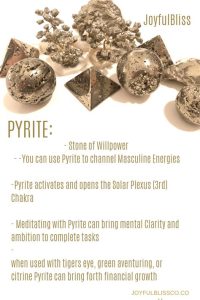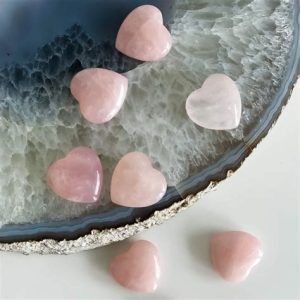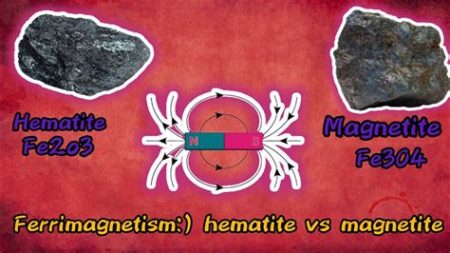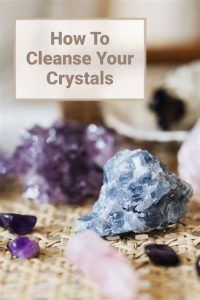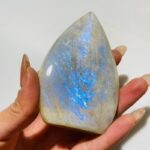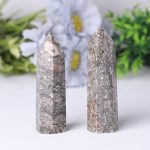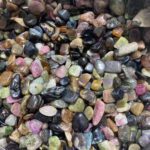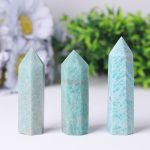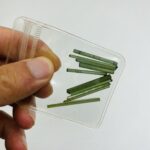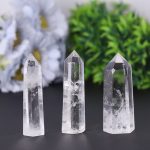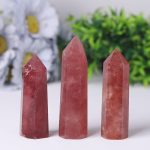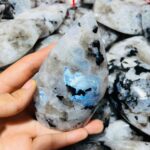1. Introduction
Natural labradorite is a stunning gemstone that has captivated people for centuries. With its iridescent play of colors and ethereal beauty, it is a true work of art from nature.

2. Origin and Composition
Labradorite is a member of the feldspar group of minerals and is primarily composed of calcium, sodium, and aluminum silicates. The iridescent colors are due to the presence of microscopic layers of albite and orthoclase within the labradorite structure.
3. History and Folklore
Labradorite was first discovered in the Labrador Peninsula of Canada in the 18th century. It quickly gained popularity as an ornamental stone and was used in jewelry, sculptures, and decorative objects. Throughout history, labradorite has been associated with various mythical powers, including protection, spiritual insight, and good luck.
4. Physical Properties
Natural labradorite exhibits the following physical properties:
- Color: Gray, dark green, brown, or black with iridescent flashes of blue, green, gold, or orange
- Transparency: Translucent to opaque
- Hardness: 6-6.5 on the Mohs scale
- Density: 2.68-2.71 g/cm³
- Cleavage: Perfect in two directions
5. Labradorite vs. Blue Flash Labradorite
Natural labradorite can be classified into two main types:
- Labradorite: Exhibits a range of iridescent colors, including blue, green, and gold.
- Blue Flash Labradorite: A rare and highly prized variety of labradorite that displays a dominant blue iridescence.
6. Labradorite in Jewelry and Crafts
Labradorite is a popular gemstone for jewelry making, where it is often set in pendants, earrings, rings, and bracelets. Its unique play of colors makes it an eye-catching and versatile stone for both casual and formal wear. In addition to jewelry, labradorite is also used in carvings, sculptures, and other decorative objects.
7. Healing and Spiritual Properties
Natural labradorite is believed to possess various healing and spiritual properties. It is said to promote intuition, self-discovery, and transformation. Additionally, labradorite is thought to have a calming effect on the mind and body, reducing stress and anxiety.
8. Applications in Technology
Beyond its use in jewelry and spirituality, natural labradorite has also found applications in technology. Its unique optical properties make it a promising material for optical filters, solar panels, and even aerospace applications.
9. Future Trends and Innovations
The demand for natural labradorite is expected to continue to grow in the coming years. As research progresses, new and innovative applications for labradorite are likely to emerge. One potential area of exploration is the development of synthetic labradorite, which could potentially increase its availability and affordability.
10. Conclusion
Natural labradorite is a captivating gemstone that has captured the hearts and minds of people throughout history. With its enchanting play of colors and reputed healing properties, it is a treasure that continues to inspire awe and wonder. As research and innovation continue, the future holds even more exciting possibilities for this enigmatic gemstone.


